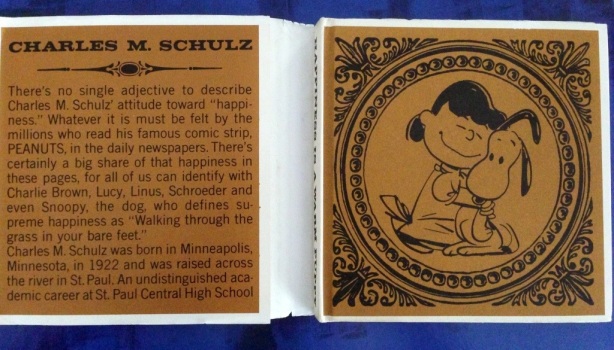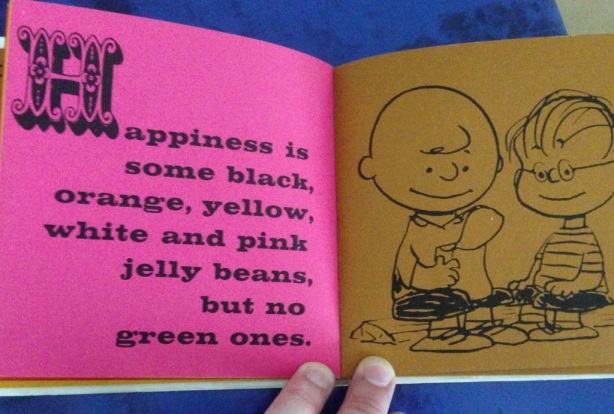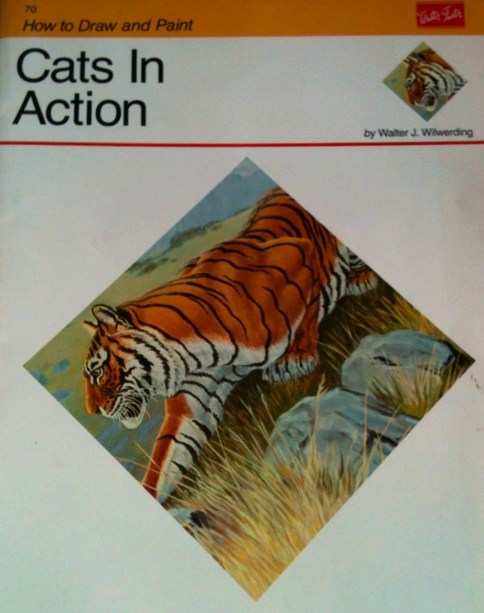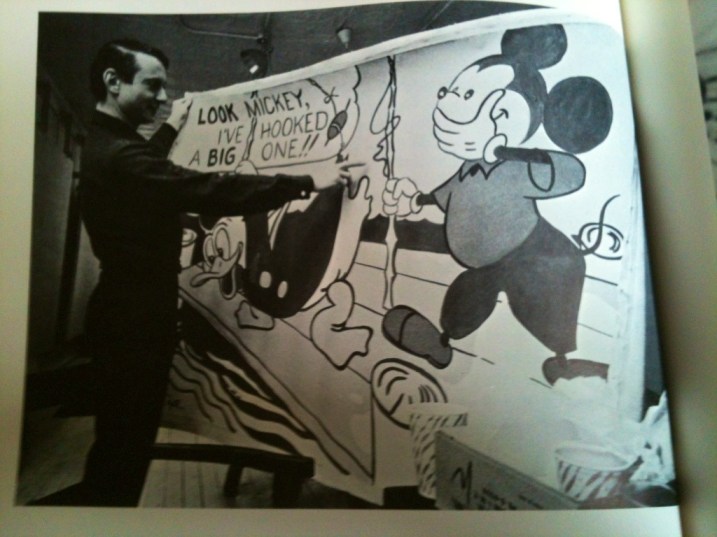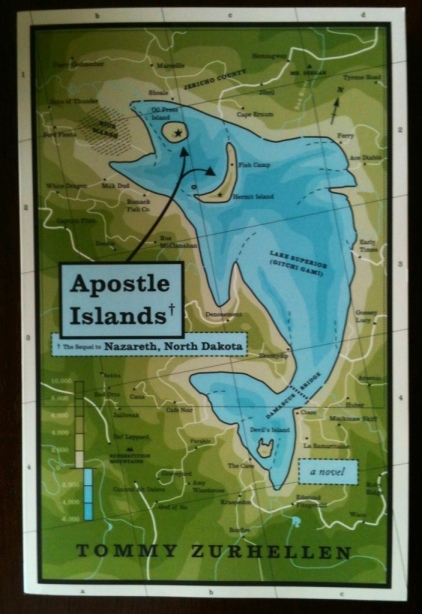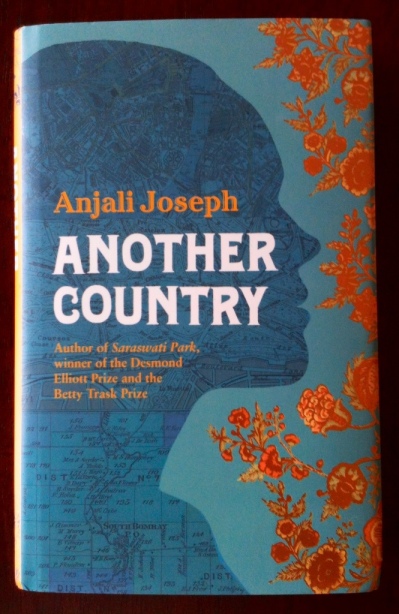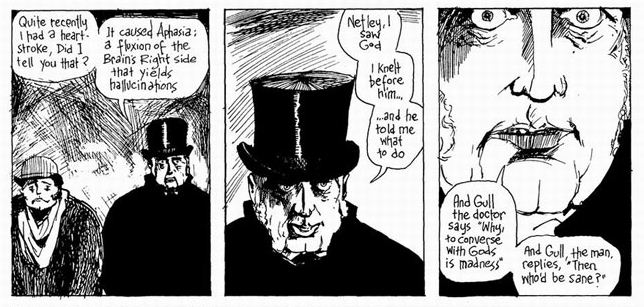“The End of the World” by G.K. Chesterton
For some time I had been wandering in quiet streets in the curious town of Besançon, which stands like a sort of peninsula in a horse-shoe of river. You may learn from the guide books that it was the birthplace of Victor Hugo, and that it is a military station with many forts, near the French frontier. But you will not learn from guide books that the very tiles on the roofs seem to be of some quainter and more delicate colour than the tiles of all the other towns of the world; that the tiles look like the little clouds of some strange sunset, or like the lustrous scales of some strange fish. They will not tell you that in this town the eye cannot rest on anything without finding it in some way attractive and even elvish, a carved face at a street corner, a gleam of green fields through a stunted arch, or some unexpected colour for the enamel of a spire or dome.
…..Evening was coming on and in the light of it all these colours so simple and yet so subtle seemed more and more to fit together and make a fairy tale. I sat down for a little outside a café with a row of little toy trees in front of it, and presently the driver of a fly (as we should call it) came to the same place. He was one of those very large and dark Frenchmen, a type not common but yet typical of France; the Rabelaisian Frenchman, huge, swarthy, purple-faced, a walking wine-barrel; he was a sort of Southern Falstaff, if one can imagine Falstaff anything but English. And, indeed, there was a vital difference, typical of two nations. For while Falstaff would have been shaking with hilarity like a huge jelly, full of the broad farce of the London streets, this Frenchman was rather solemn and dignified than otherwise—as if pleasure were a kind of pagan religion. After some talk which was full of the admirable civility and equality of French civilisation, he suggested without either eagerness or embarrassment that he should take me in his fly for an hour’s ride in the hills beyond the town. And though it was growing late I consented; for there was one long white road under an archway and round a hill that dragged me like a long white cord. We drove through the strong, squat gateway that was made by Romans, and I remember the coincidence like a sort of omen that as we passed out of the city I heard simultaneously the three sounds which are the trinity of France. They make what some poet calls “a tangled trinity,” and I am not going to disentangle it. Whatever those three things mean, how or why they co-exist; whether they can be reconciled or perhaps are reconciled already; the three sounds I heard then by an accident all at once make up the French mystery. For the brass band in the Casino gardens behind me was playing with a sort of passionate levity some ramping tune from a Parisian comic opera, and while this was going on I heard also the bugles on the hills above, that told of terrible loyalties and men always arming in the gate of France; and I heard also, fainter than these sounds and through them all, the Angelus. Continue reading ““The End of the World” — G.K. Chesterton”






